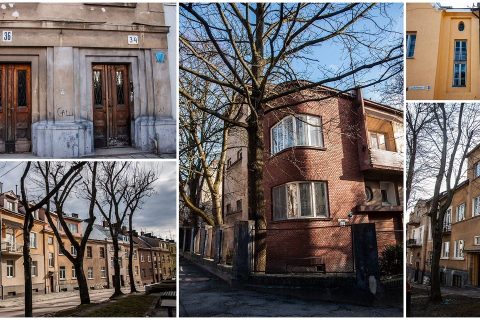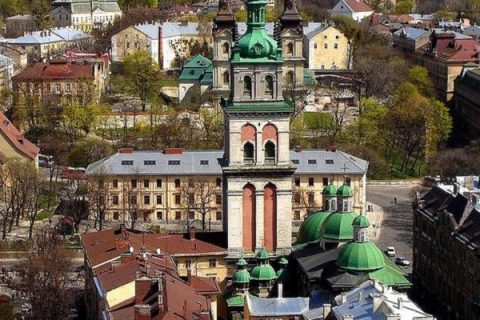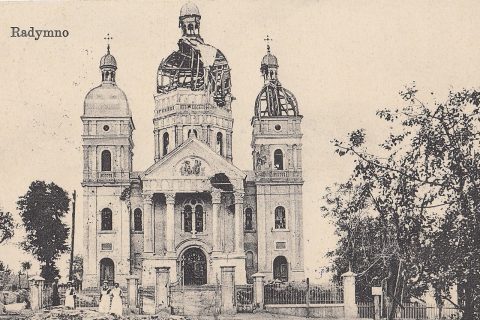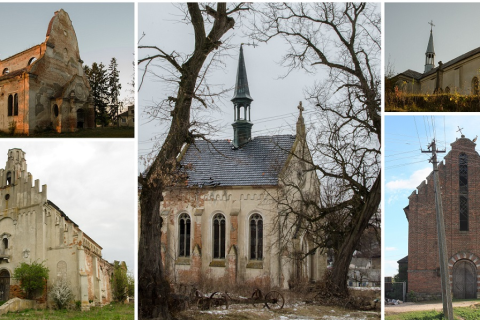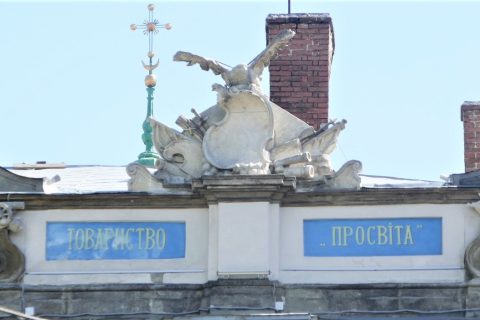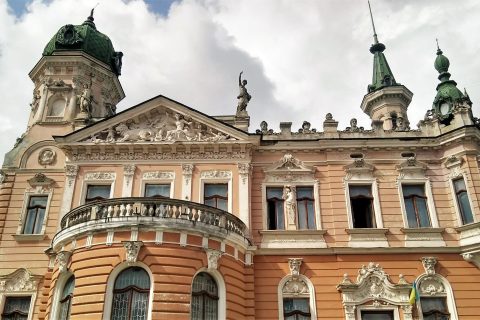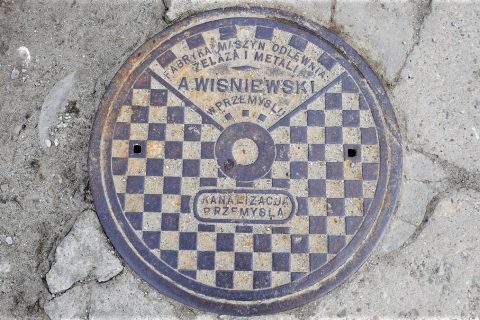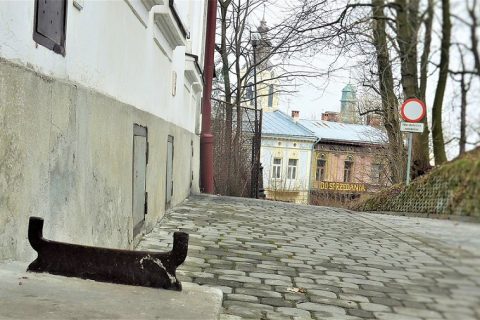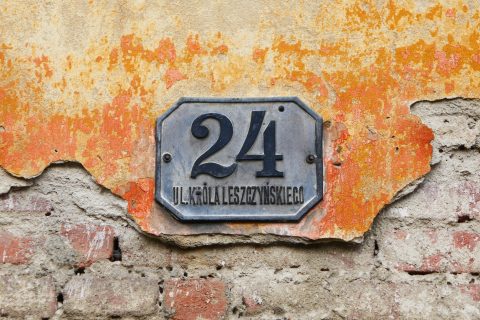Engineer Słowik and His Enduring Mark on Lviv
The Recovered Story of a Prewar Metalworks Owner Countless people contributed to the urban development of Lviv and left their enduring mark on the city. It is thanks to these architects, urban planners, engineers, entrepreneurs, craftsmen, construction workers, and factory workers that we have the beautiful architecture, cobblestone roads, infrastructure, […]
Read More

